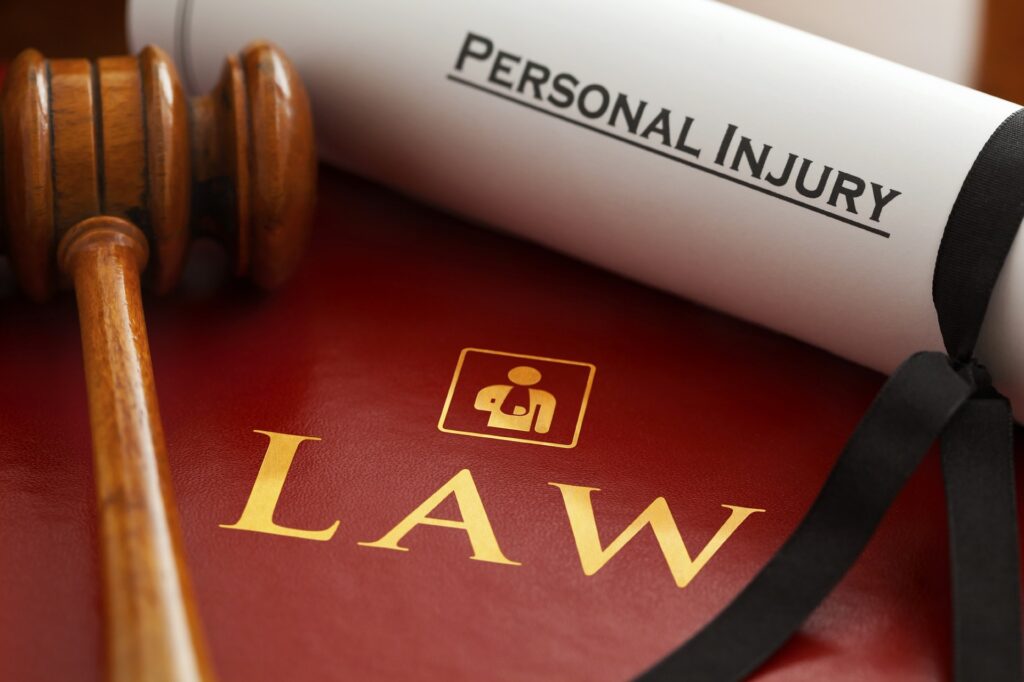 Getting hurt in an accident for which you are not to blame is more than frustrating. Depending on the severity of the incident, you could also be facing mounting medical bills, an inability to work, and a prolonged, perhaps even permanent, change to your lifestyle.
Getting hurt in an accident for which you are not to blame is more than frustrating. Depending on the severity of the incident, you could also be facing mounting medical bills, an inability to work, and a prolonged, perhaps even permanent, change to your lifestyle.
Luckily, the law is almost always on the side of personal injury victims. With the help of a personal injury attorney, you can put together a claim that seeks compensation from the liable party, allowing you to recover the funds desperately needed to move forward with your life.
While calculating your claim, your attorney will factor in obvious expenses like bills associated with treating your injury, lost income while you were recovering, and any associated property damage. All of these are considered economic damages. Something else that they might opt to include in your claim is pain and suffering, which is considered a type of non-economic damage.
This idea can be confusing in theory, especially if you aren’t familiar with personal injury law. To ensure you’re well prepared and well educated to move forward with your claim, consult the guide below.
What Is Pain and Suffering?
On its own, the term pain and suffering seems relatively straightforward. And, in theory, it should be. It refers to lifestyle damage brought on by an accident. In personal injury cases, there are two kinds of pain and suffering. The first refers to the physical, which has to do with the actual pain and discomfort a victim may feel after their accident. This includes both the current experience of being in pain because of your injuries, as well as future experiences of physical discomfort.
The second refers to the mental. In this case, it refers to the emotional and mental effects of the victim’s accidents and subsequent injuries. For example, if you developed post traumatic stress disorder, insomnia, anxiety, depression, or irritability after an accident, you could likely argue to include mental pain and suffering in your personal injury case.
The two can sometimes be connected, depending on the unique circumstance of the case. For example, perhaps you developed anxiety as a result of your accident. This anxiety led you to stop eating because you lost your appetite. As a result, you lost a significant amount of weight, putting your physical health at risk. In this case, you would likely qualify for both physical and mental pain and suffering compensation.
How Do Attorneys Calculate Pain and Suffering?
Your attorney will likely use one of two methods to determine the value of your pain and suffering: the multiplier method, or the daily rate method.
The Multiplier Method
This method works by totaling all financial losses brought on by the accident and your subsequent injuries. From there, your attorney will determine a market rate for pain and suffering, multiply that number by the total of your losses, and use the final number to determine what your pain and suffering settlement should be worth.
The Daily Rate Method
The daily rate method requires you to first identify your daily cost of living. Using this number, your attorney will determine how many days you have currently lived with your injuries, as well as how many days it is expected you will continue to experience the results. They will then multiply these numbers together to determine what your claim is worth.
As you can see, identifying the value of a pain and suffering claim is highly involved and complex. Your best bet for recovering the compensation you need is to enlist the services of a reputable attorney.